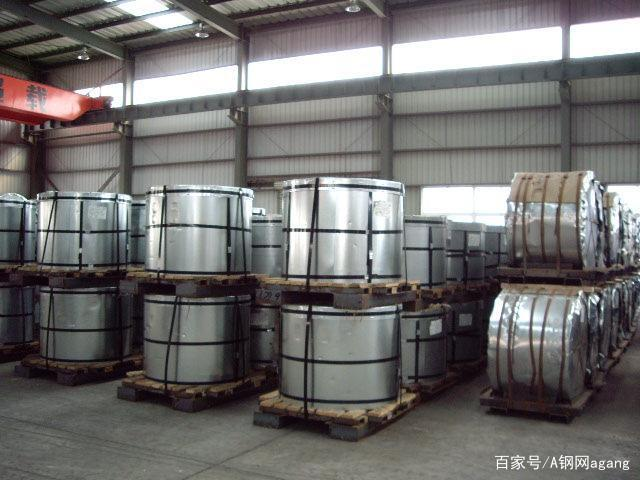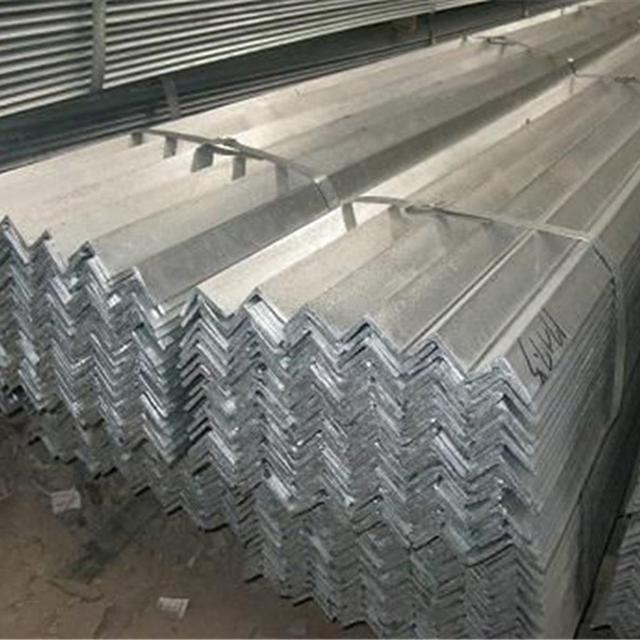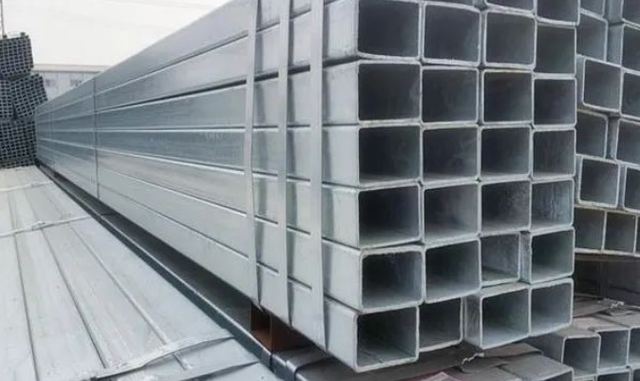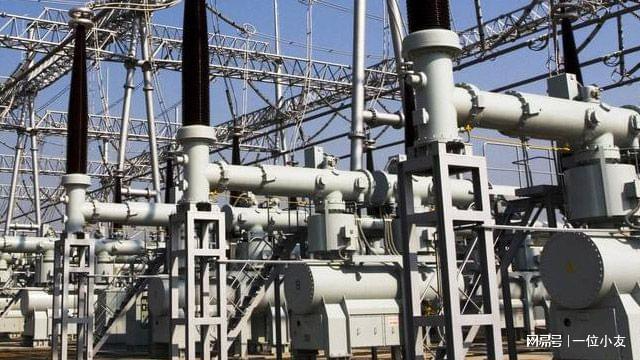The popular explanation of tin plating is to transfer tin to the components you want through current. There are generally two kinds of bath liquid systems;
The first is tin sulfamate and sulfuric acid system
The second is stannous sulfate and sulfuric acid system
During operation, power is supplied through the power supply (rectifier), and the plated components are placed on the cathode. The tin strip is used as the anode and the bath liquid is used as the electrolyte. The current changes the tin of the anode into stannous ions, which are deposited on the components through the electrolyte. This is the electroplating process.
In the electroplating process, because the physical properties of different metal ions are different, the brightness and density of metals should be adjusted through additives according to different requirements.
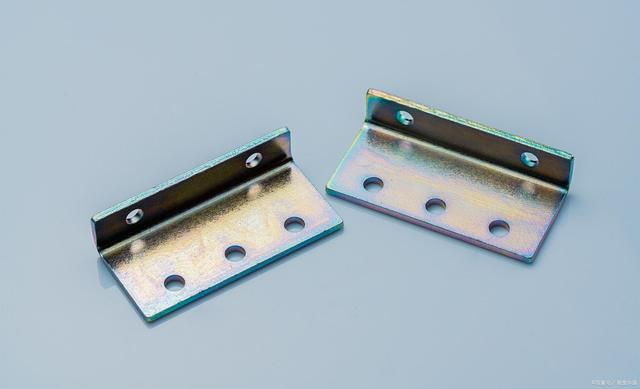
Tinning discoloration is generally oxidation
1. Do not touch acid substances, which will cause the tin surface to blacken;
2. You can prepare tin surface anti oxidant by yourself and soak it in trisodium phosphate with 5-7% solution for about 1min;
3. Do not place it in the environment with high humidity and acidity, which will lead to tin surface oxidation;
4. If the tin surface is between 0.5-1um, the welding performance of the tin surface will be affected if it is baked at high temperature.


